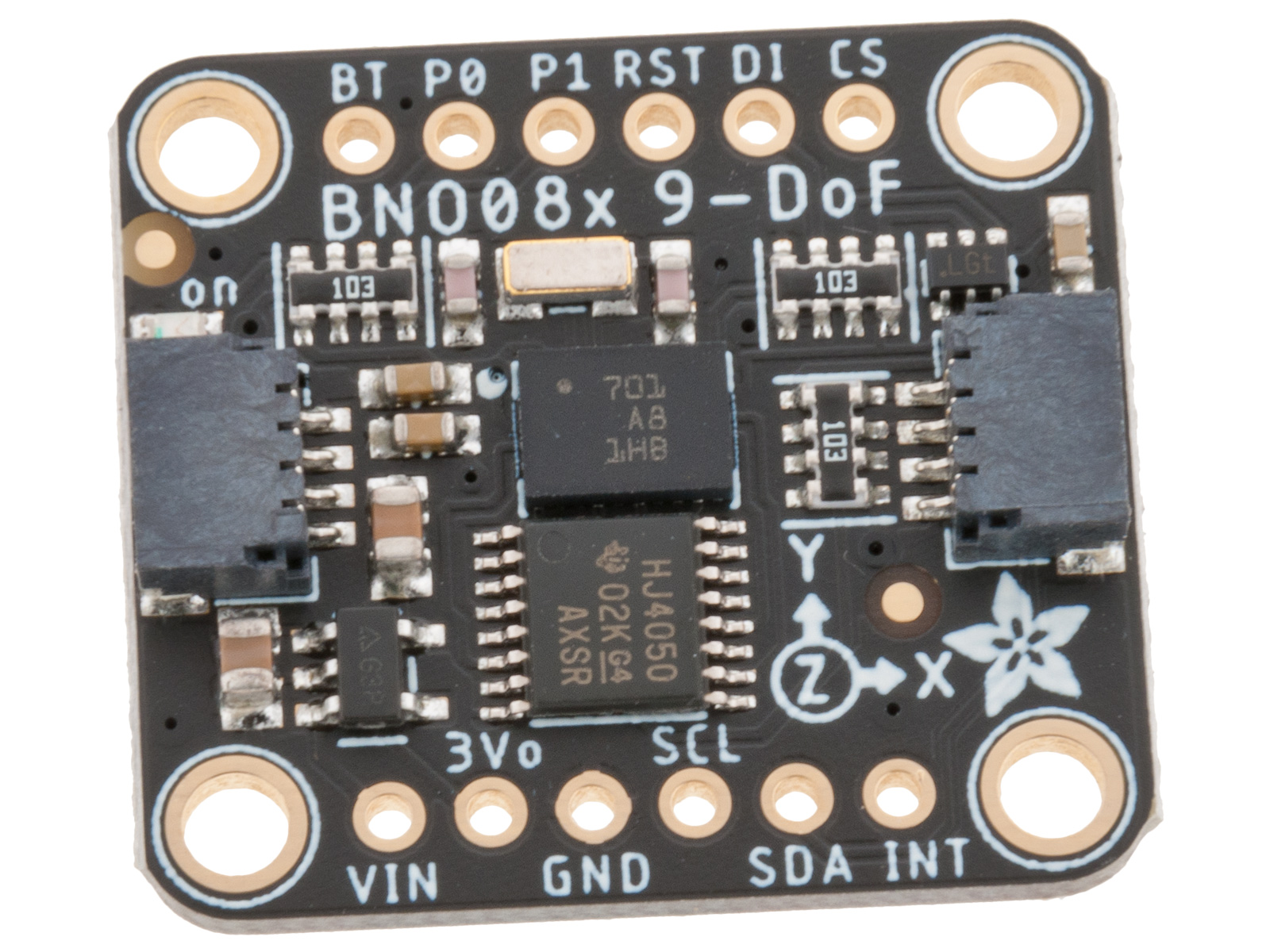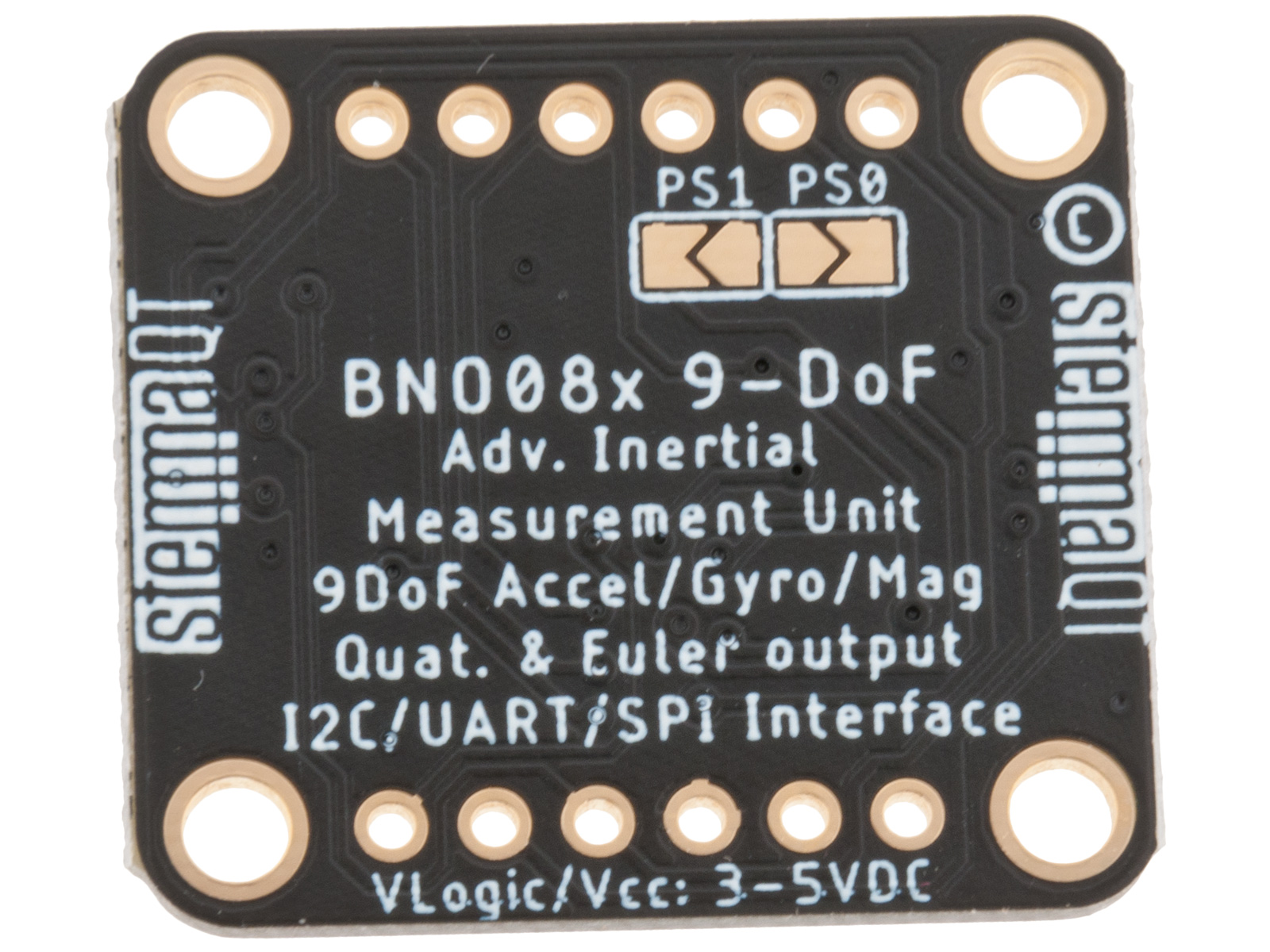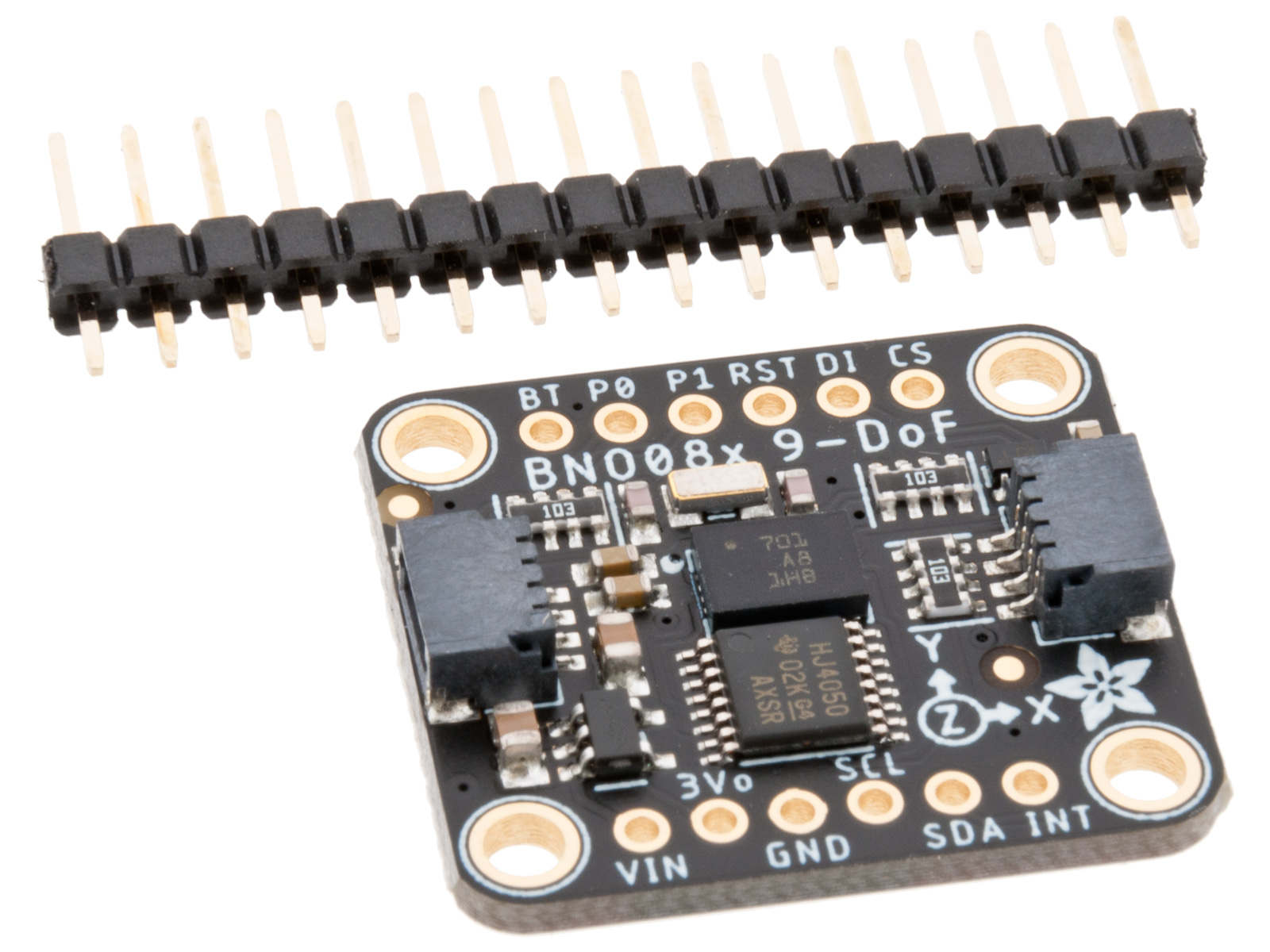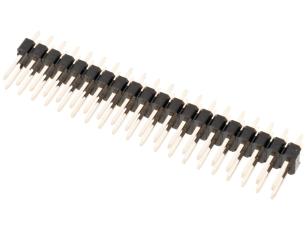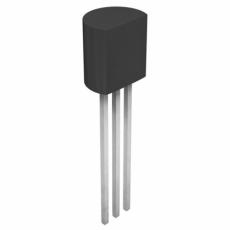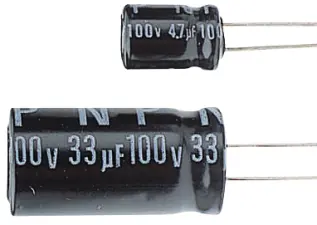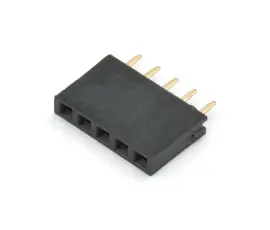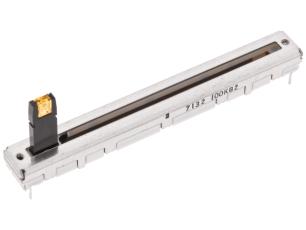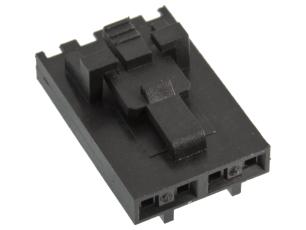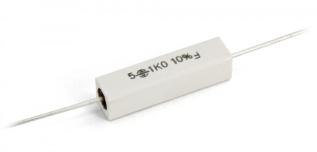Product description
The BNO085 is an advanced motion sensor that delivers directly usable data without requiring the user to understand complex sensor fusion algorithms. The sensor combines an accelerometer, gyroscope, and magnetometer with an ARM Cortex M0 processor running Hillcrest Labs’ SH-2 firmware, enabling easy reading and interpretation of motion data in a very compact 5.2 × 3.8 mm format.
Note that the BNO085 is an improved version of the BNO080. It is fully backward compatible and fixes an SPI timeout issue present in the BNO080. It has the same price and all existing BNO080 code can be used directly with the BNO085.
The BNO085 can deliver multiple types of sensor and fusion data, similar to the BNO055 from Bosch Sensortec, but with different firmware developed by Hillcrest Labs. The same hardware is used, but with improved features and expanded reporting.
Available data types
- Acceleration vector: three axes (m/s²)
- Angular velocity vector: three axes (rad/s)
- Magnetic field vector: three axes (µT)
- Linear acceleration: three axes (m/s²)
- Gravity vector: three axes (m/s²)
- Absolute orientation: four-point quaternion output
Additional features of the BNO085
- Application-optimized rotation vectors (for AR/VR and low latency)
- Extended sensor reports (calibrated, uncalibrated with correction, and raw data)
- Stability detection and classification
- Detection of steps, shakes, and taps
- Significant motion detection
- Activity classification
Specifications
- Sensors: 3-axis accelerometer, 3-axis gyroscope, 3-axis magnetometer
- Communication: I2C, SPI, UART (RVC mode available for simple integration)
- Voltage compatibility: 3.3 V and 5 V (via level shifting)
- Sensor chip dimensions: 5.2 × 3.8 mm
- Breakout board includes: 3.3/5 V regulator, level shifting, Stemma QT connectors, 32.768 kHz crystal
Advantages
- Extremely high data capacity in a compact format
- Supports extensive motion detection and classification
- Compatible with CircuitPython and Arduino (libraries and examples available)
- UART-RVC mode for easy integration in applications such as robot vacuum cleaners
- Breadboard-friendly breakout design with solderless connectivity via Stemma QT

